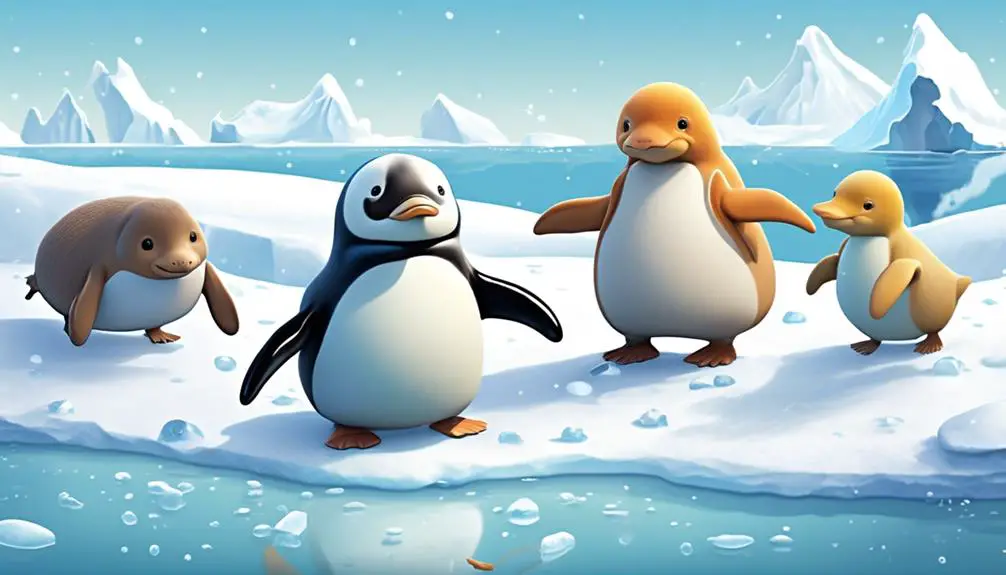Have you ever marveled at the graceful waddle of animals? It’s like watching a synchronized dance, where every step exudes a certain charm and character.
From the way a duck glides across the water, to the penguin’s confident march, and even your own furry companion’s adorable shuffle, there’s something captivating about their unique way of moving.
But have you ever wondered why these creatures waddle? What drives their distinctive gait? In this exploration, we will unravel the mysteries behind the waddling behavior of various animals, uncovering the fascinating adaptations and behaviors that contribute to their delightful waddle.
So, prepare to be amazed as we embark on a journey to understand the secrets behind the waddle of these remarkable creatures.
Ducks and Their Waddle
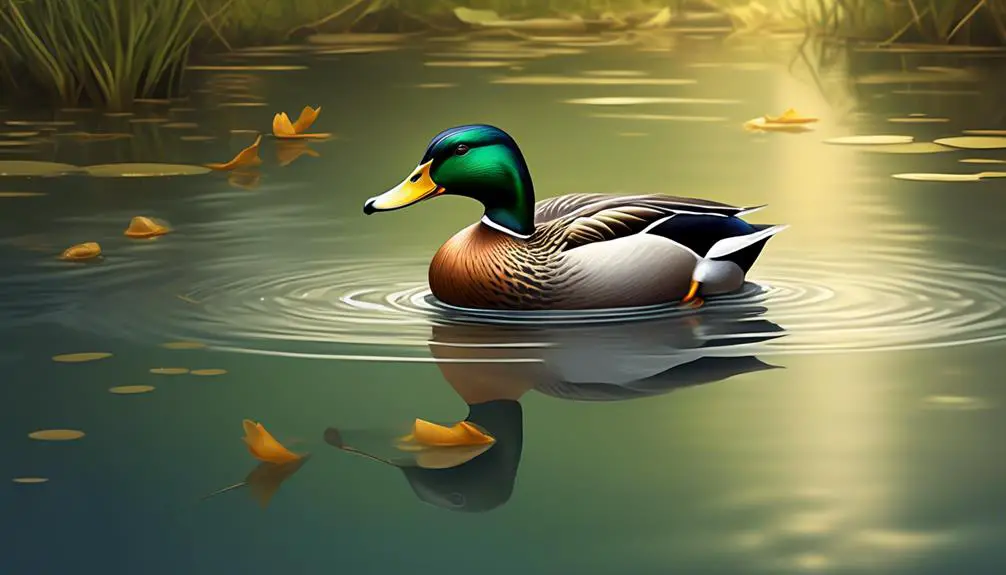
Ducks waddle due to the lack of nerve endings in their webbed feet, making their movement on land difficult and uncoordinated. You see, ducks are waterfowls, and their webbed feet are specifically designed for paddling in the water. They’re excellent swimmers and use their feet to move forward or direct themselves in the water. However, when ducks are on land, they lose their ability to navigate effectively. Without the nerve endings in their feet, their movement seems uncoordinated and awkward.
The bodies of waterfowls, including ducks, are designed to achieve high speeds in water and take off from a water body. Their webbed feet help them propel themselves forward by pushing water back. But when they’re out of their natural element, on land, their waddle becomes more pronounced. It’s important to understand that this waddling is a natural behavior for ducks and isn’t a sign of any physical issue.
Peculiar Penguin Waddle
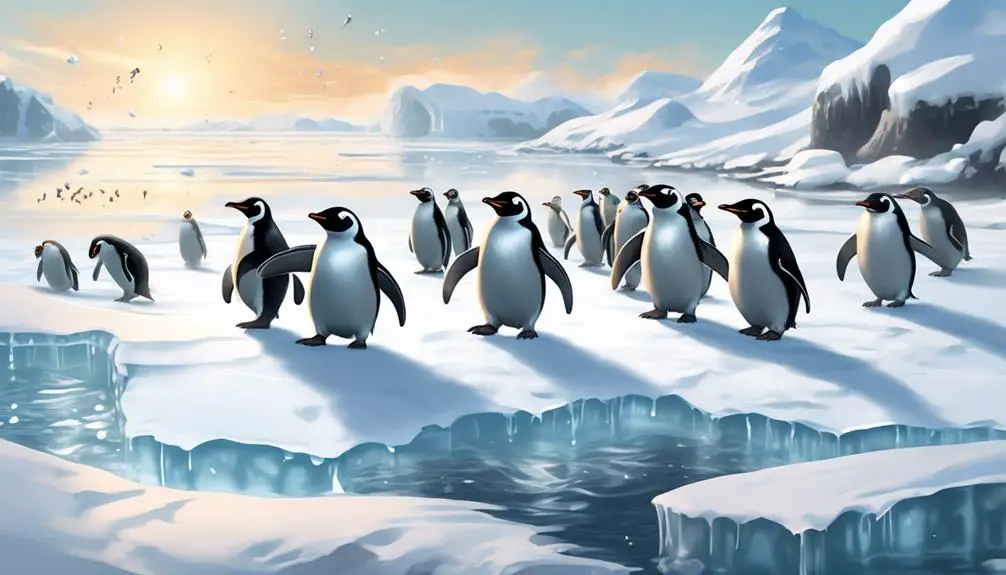
When it comes to walking, penguins have a peculiar waddle that sets them apart from other animals. Penguins walk in a way that’s quite different from the typical walking style of other creatures. Instead of walking on the soles of their feet, penguins walk mainly on their toes. This unique way of walking gives them their distinctive waddle.
Walking on their toes allows penguins to accelerate faster and maximize their momentum with minimal energy usage. It’s an efficient way for them to conserve energy, especially in the cold Antarctic environment where they live.
Among the various penguin species, the Emperor penguin has the most pronounced and awkward waddle. Their large size and heavy bodies contribute to their distinctive waddling gait. Despite their seemingly clumsy walk on land, penguins are incredibly agile and graceful swimmers in the water. Their waddle is a result of their adaptation to a life that involves both land and sea.
The Dachshund’s Cute Waddle
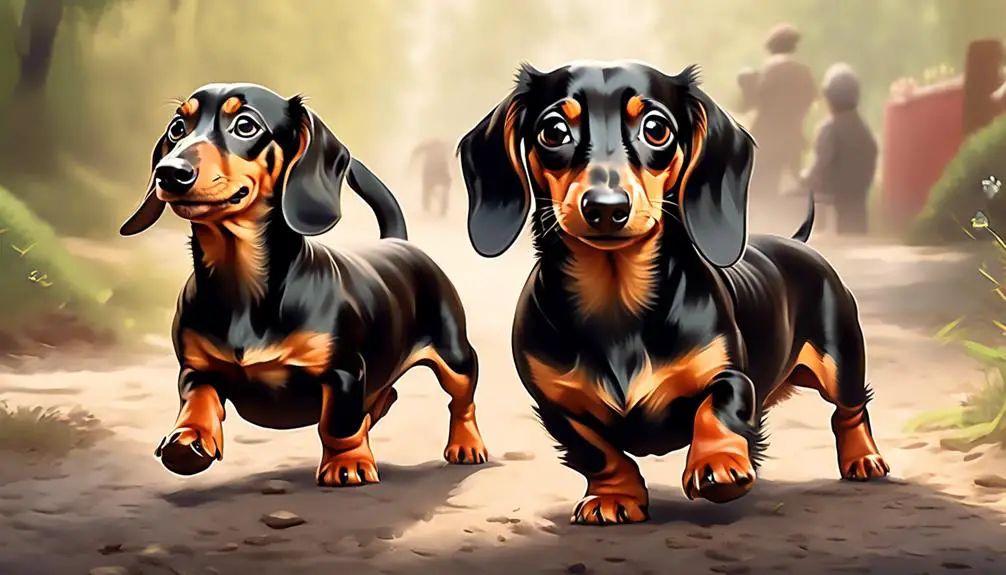
Continuing our exploration of unique waddles, let’s now turn our attention to the adorable and endearing waddle of the Dachshund.
Dachshunds, with their long bodies and short legs, have a distinct way of walking that’s undeniably cute. When a Dachshund waddles, it’s hard not to smile and be charmed by their movement.
The Dachshund’s waddle isn’t just a random quirk; it’s actually a part of their clever strategy to get what they want from their owners. By waddling and acting cute, Dachshunds know that they can keep their owners happy and more likely to give them attention or treats. It’s their way of tugging at our heartstrings and ensuring they get their way.
However, it’s important for Dachshund owners to be mindful of their pet’s waddling. While it’s normal for Dachshunds to have a certain waddle due to their unique body shape, excessive waddling or changes in their walking pattern could be signs of arthritis or vertebral issues.
If you notice your Dachshund walking peculiarly or waddling more often than usual, it’s recommended to consult a veterinarian to rule out any potential health concerns.
Geese and Their Land Waddle
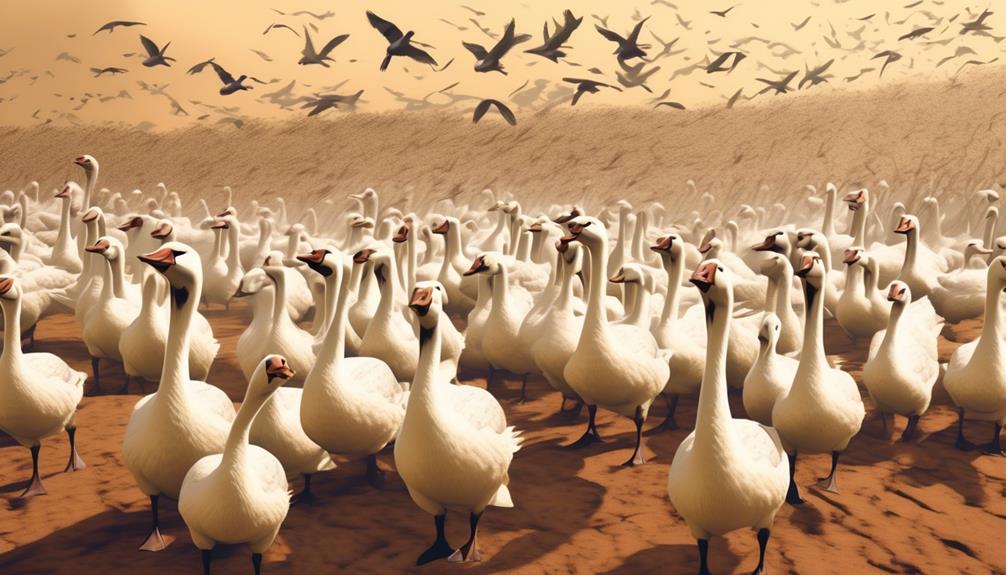
Geese have a distinctive waddle when they’re on land, which is due to their webbed feet and feet placement.
Their streamlined bodies, hollow bones, and rigid skeletons, similar to waterfowl, make it easier for them to swim and fly.
However, when geese are on land, their waddling manner of walking becomes more pronounced, as they’re out of their natural element.
Geese on Land
As geese venture onto land, their webbed feet and unique foot placement contribute to their distinct waddling gait. Geese have streamlined bodies with hollow bones and rigid skeletons, similar to other waterfowl. The toes of geese are webbed in a way that allows them to push water back and propel themselves forward when swimming.
However, when on land, geese are out of their natural element, and their waddling manner of walking becomes more pronounced. While geese are excellent swimmers and flyers, their waddling gait on land is quite noticeable. This waddling gait is a result of their feet being adapted for swimming rather than walking on solid ground.
Waddling Characteristics
With their webbed feet designed for swimming, geese exhibit a distinctive waddling gait when they find themselves on land. This waddle is a result of their feet placement and the way their toes are webbed, which allows them to effectively push water back and propel themselves forward in their natural element.
However, when geese are on land, they’re out of their element and their waddling manner of walking becomes more pronounced. Geese have streamlined bodies, hollow bones, and rigid skeletons like other waterfowl, which further contribute to their waddling characteristics.
While geese are excellent swimmers and flyers, their waddling gait on land is a unique trait that sets them apart from other animals.
Cormorants: Waddle on Land
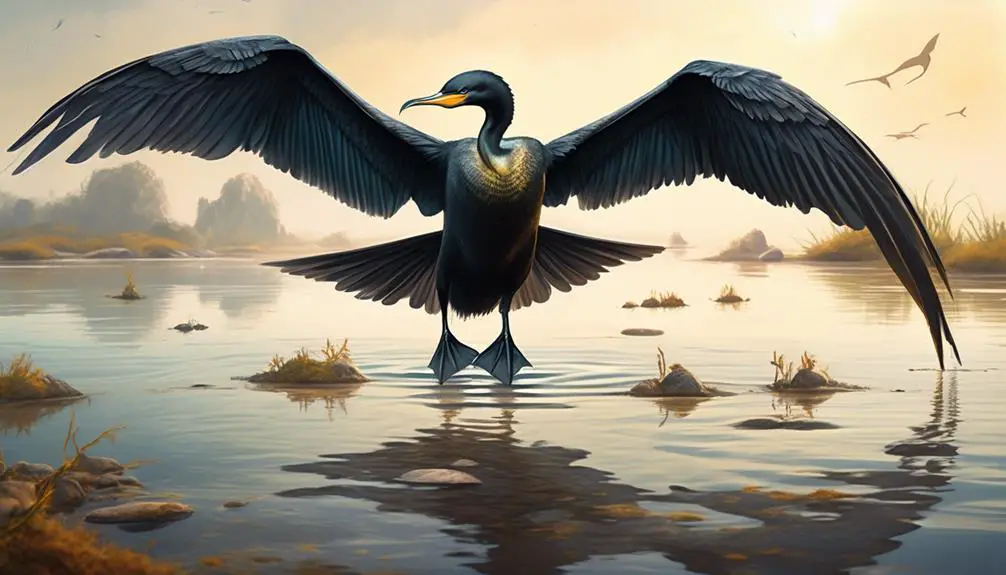
Cormorants have a distinct waddle on land due to their feet being more adapted for swimming and taking off from the sea. Their high-stepped waddling gait gives them even less locomotion on land. Cormorants are cliff-dwellers and avoid walking on land unless necessary. They build their nests on rocky sea-shores and mountainous islands, avoiding movement on land. Cormorants are excellent divers but have a distinct waddle when they are on land.
| Cormorants: Waddle on Land | Emotion |
|---|---|
| Adapted for swimming and taking off from the sea | Fascination |
| High-stepped waddling gait | Amusement |
| Avoid walking on land | Intrigue |
| Build nests on rocky sea-shores and mountainous islands | Curiosity |
| Excellent divers with a distinct waddle on land | Surprise |
Cormorants’ waddle on land is intriguing because it contrasts with their graceful swimming abilities. Their adaptation to life in the sea comes at the cost of efficient movement on land. This peculiar gait creates a sense of amusement and curiosity, as we watch them navigate their way on land. It is fascinating to observe how creatures, like cormorants, have different locomotion strategies depending on their habitat. So, next time you spot a cormorant waddling on land, take a moment to appreciate the adaptation that allows them to excel in the water but challenges them on land.
Pigeons’ Head-bobbing Waddle
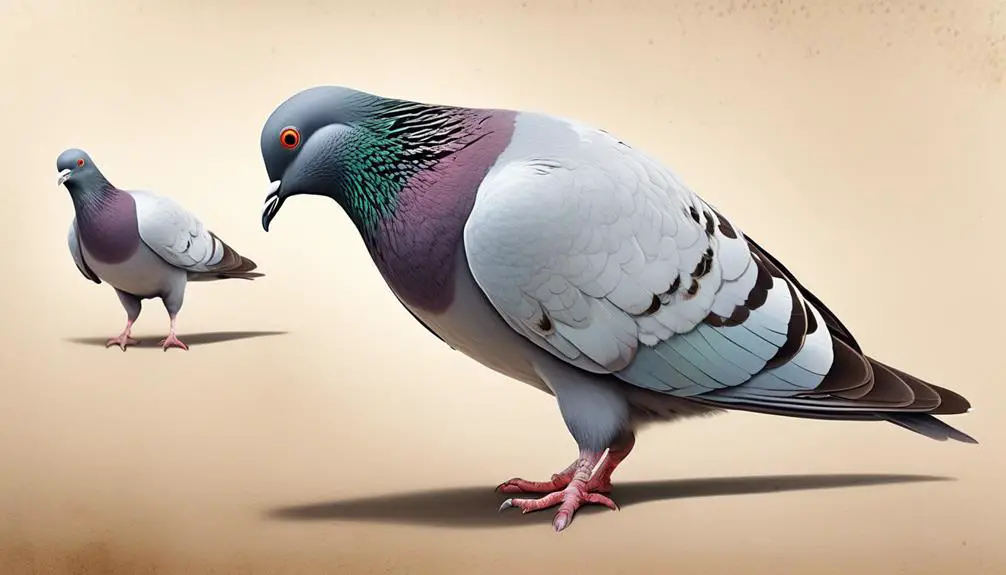
Do you ever wonder why pigeons have a unique waddling walk? It’s because of their head-bobbing behavior, which gives them that distinctive gait.
Pigeons bob their heads up and down while walking to keep their eyesight steady since they can’t fixate their eyes on an object for long. This, coupled with their binocular vision, contributes to their waddling effect.
Interestingly, pigeons are more suited to flying rather than walking, making their waddle even more pronounced.
Swans: Graceful in Water, Waddle on Land
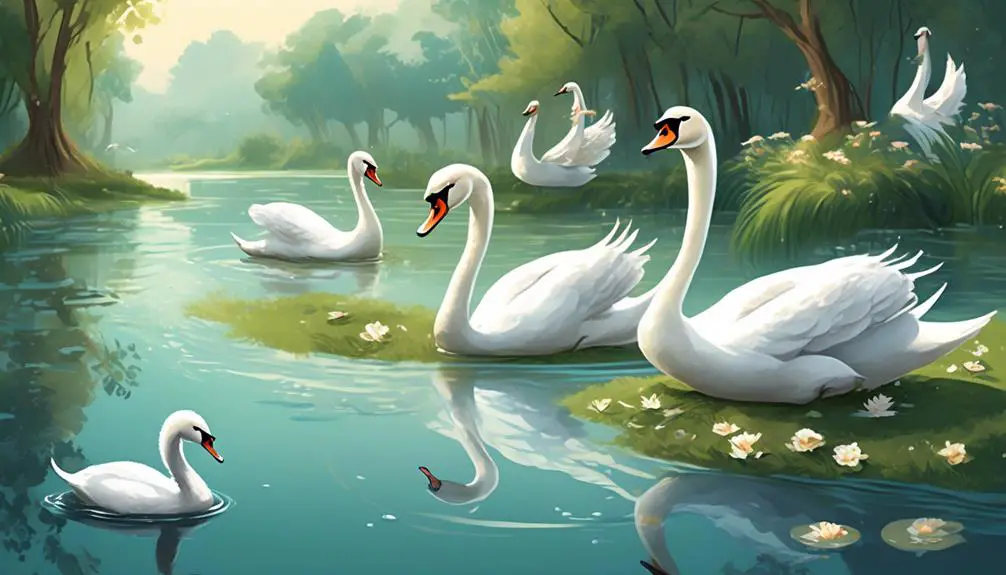
Swans, known for their graceful movements in water, exhibit a distinct waddle when navigating on land. Unlike their elegant glide in the water, their land-based walk can appear awkward and clumsy. This waddling motion is due to the structure of their webbed feet, which are perfectly adapted for swimming but not designed for efficient movement on land.
Swans spend the majority of their lives in water, where they feed on snails, insects, and small fish. Their webbed feet allow them to paddle and glide through the water with ease. However, when they venture onto land, their webbed feet become a hindrance. Unlike ducks and geese, swans lack the ability to walk gracefully on land due to their feet’s structure.
The waddling of swans is considered to be worse than that of ducks and geese. Their movements on land can be described as a clumsy shuffle, as they struggle to find balance and coordination. This is why swans rarely come on land, as they’re more comfortable and agile in their natural habitat, the water.

Erzsebet Frey (Eli Frey) is an ecologist and online entrepreneur with a Master of Science in Ecology from the University of Belgrade. Originally from Serbia, she has lived in Sri Lanka since 2017. Eli has worked internationally in countries like Oman, Brazil, Germany, and Sri Lanka. In 2018, she expanded into SEO and blogging, completing courses from UC Davis and Edinburgh. Eli has founded multiple websites focused on biology, ecology, environmental science, sustainable and simple living, and outdoor activities. She enjoys creating nature and simple living videos on YouTube and participates in speleology, diving, and hiking.

